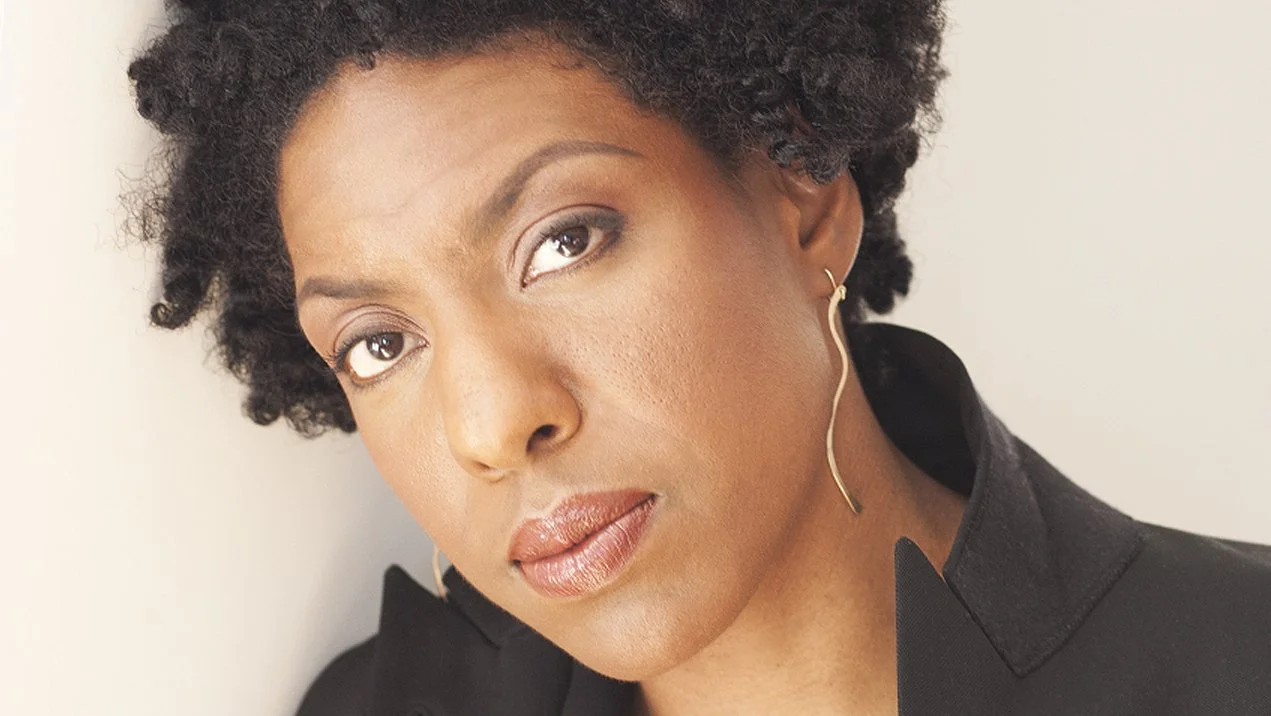The Twelve Tribes of Hattie by Ayana Mathis
Once upon a time in Mississippi, I came upon the most magical exhibition of African-American art. It was in 2004, the first time I visited Jackson. The librarian at the Eudora Welty Branch suggested some sights I might see. Unfortunately, she said, the city had not finished renovating Welty's Pinehurst home, but I might enjoy a tour of the Natural History Museum or the governor's mansion. Also, there was a small show running at the Smith Robertson Museum. I knew Richard Wright had attended the Smith Robertson School and that after some civic wrangling, the building had been designated a cultural centre. I headed over that way.
When I stepped through the museum doors, I could hardly believe my eyes. The walls were lined with dozens of iconic paintings from the Harlem Renaissance: Romare Bearden's romantic collages, Red Dress by Richard Yarde. And there in unequivocal blocks of breathtaking colour, Jacob Lawrence's The Library.
Lawrence is best known for a series of panels depicting life during the Great Migration, the period in which millions of blacks fled Southern brutality for safety and opportunity in the North. The Twelve Tribes of Hattie, a first novel by Ayana Mathis, is also set during this time. The book is structured as interlocking stories chronicling the specific challenges of a specific family. But it is hinged to a history which Mathis reproduces in all its cubic colour and sound.
It is 1923 when 15-year-old Hattie abandons Georgia, along with her mother and sisters. They flee like fugitive slaves, under cover of dark, ahead of the horn calling local workers to the field. They must elude the white men who stole her dead father's shop. Upon arrival in Philadelphia, Hattie sees black girls giggling in the streets. "Mama," she vows. "I'll never go back again."
Soon Hattie Shepherd is the happily married mother of twins, Philadelphia and Jubilee. But at six months the babies catch pneumonia and die. Grief petrifies Hattie's heart. So does her increasingly idle husband, who squanders money on gambling and women. The Shepherd family multiplies, but does not prosper. Hattie manages to feed her nine children with a combination of toughness, pride and fury. But it is poverty of affection - of maternal tenderness - that will ultimately damage their lives.
The Shepherds belong to a burgeoning community anxious to distance itself from its unsophisticated "country" roots; anxious, too, to distinguish themselves from each other in their bid for the American dream. Yet even as they dig roots in an icy new landscape, they pine for the bucolic beauty of their former homes.
A number of Hattie's children head south. Floyd plays the Georgia juke joints, accompanied by a woman in an orange dress. He is in flight from his disapproving mother and his desire for men. After her son Six beats a boy nearly to death, an enraged, exasperated Hattie helps him escape south.
Hattie, too, flees south for a time. She runs away to Baltimore, with her lover and baby Ruthie. Lawrence genuinely cares for Hattie, but he has his doubts. "[He] couldn't see any affection in the way Hattie handled [baby Ruthie] like she were stirring a pot of soup. How many children could a woman really love?"
In fact, Hattie is a variation of Toni Morrison's maternal figures: Mrs. MacTeer from The Bluest Eye and Eva Peace of Sula, black women who are determined, but also exhausted and terrified, by the challenges of raising their children in a racist, sexist world.
Disappointment between men and women is made uncomfortably explicit. In the scene, for instance, when Hattie's sister, Pearl, and her brother-in-law, Benny, are driving up from Georgia. They stop in Virginia, in a field of flowers under a lavender sky. But white men pull up, steal their food, and run them off.
"All that shucking and shuffling!" Pearl cries as they drive away.
"What did you want me to do? You tell me, what else could I have done?"
"You didn't have to stoop so low. You could have kept your dignity."
"... you know just as well as I do that my dignity, my goddamned dignity, would have had us swinging from a tree."
Mathis articulates what Morrison calls "unspeakable things." The picnic scene takes place in 1954, the same year as Brown v. Board of Education, in which the U.S. Supreme Court struck down segregation of public schools. This is the chapter in which Hattie contemplates sending her baby to live in Georgia with Pearl. Each chapter carries a name and a date. In Alice and Billups 1968, the year of Martin Luther King Jr.'s death, Hattie's daughter wins a rich husband in order to gain her mother's approval.
The Twelve Tribes of Hattie demonstrates how African Americans have improvised lives around mean historical facts. We perceive a narrative composed of colour and sound: an orange dress, a purple sky, a wake-up horn; all that jazz.
Mathis seduces us into neighbourly intimacy with her characters. There are about a dozen major players. We remember every one. Each character has the potential for dreams and disaster, failure and success. Indeed, failure is a central theme. Nobody here remotely resembles Barack Obama or Oprah Winfrey or Jay-Z. Many of them are exceedingly difficult to love. But Mathis clearly loves them very much. She feels she owes them something, and by the end, so do we.
This review previously appeared in The Globe and Mail.






